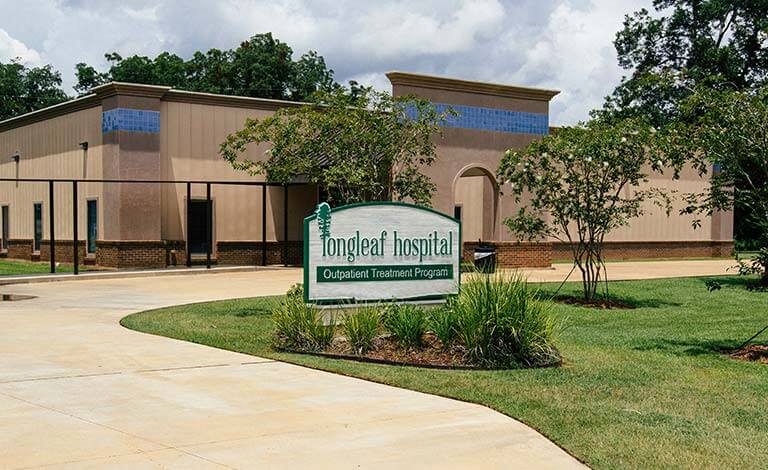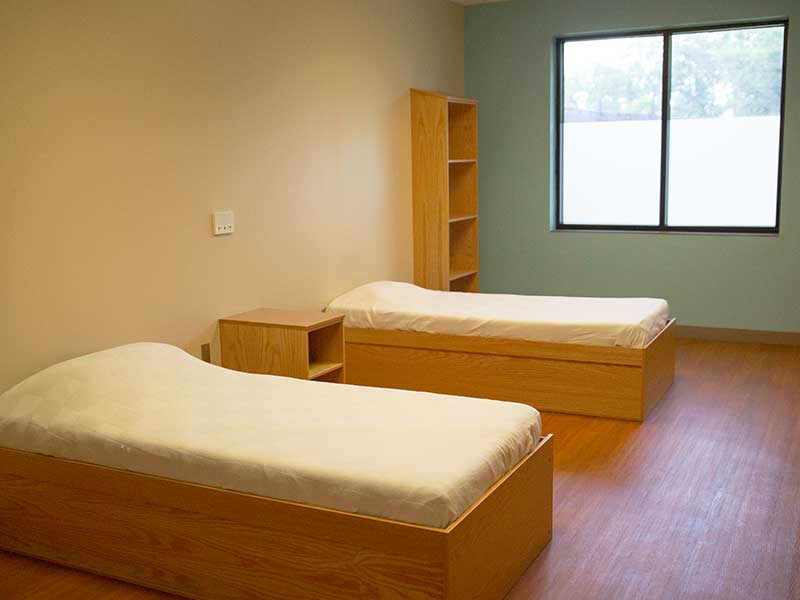Borderline personality disorder (BPD) is a mental health disorder that causes tremendous impairment and emotional instability, which can lead to a number of other stressful behavioral and cognitive concerns
Understanding BPD
Learn about BPD
People who have BPD have a distorted sense of self, and often feel fundamentally flawed and worthless. The frequent mood swings associated with BPD can lead to impulsiveness and anger, which can have an isolating effect. Borderline personality disorder impacts the lives of everyone it touches, including children, friends, family, and loved ones. Additionally, many people who have borderline personality disorder have co-occurring mental health issues such as addiction, eating disorders, suicidal thoughts, and non-suicidal self-injury.
People who engage in self-injury do not wish to die; however, some types of self-harming behaviors can be life-threatening. People who have borderline personality disorder typically use self-harm as a way to regulate emotions or express their pain. These behaviors can include cutting, burning, hitting, banging one’s head into the wall, hair-pulling, skin-picking, and more.
Many people who have borderline personality disorder also suffer from suicidal thoughts. Suicide is one of the most tragic outcomes of any mental illness, and with up to 80% of BPD patients reporting suicidal behaviors, treatment for this condition remains a high priority.
While borderline personality disorder can be a challenge to navigate, a center that offers therapeutic interventions and certain prescription medications can help you or a loved one cope with symptoms of BPD.
Statistics
BPD statistics
It’s been estimated that 1.6% of adults living in the United States are suffering with borderline personality disorder in a given year. The typical age of onset for BPD is during adolescence and young adulthood, although some studies suggest that symptoms of BPD may be seen in childhood as well.
Causes and Risk Factors
Causes and risk factors for BPD
The causes for borderline personality disorder are believed to be a combination of genetic, environmental, and other risk factors working together. Some of the most common causes include:
Genetic: Studies have shown that mental health conditions such as borderline personality disorder tend to run in families. Many people who are diagnosed with personality disorders have a close relative, such as a parent or sibling, who suffers from a personality disorder or another type of mental illness.
Environmental: A good number of people who have BPD have a history of childhood neglect as well as physical, sexual, and emotional abuse from caregivers and loved ones.
Risk Factors:
- Childhood abuse – most notably childhood sexual and physical abuse by a caregiver
- Neglect – many people who struggle with BPD have a strong history of neglect and abandonment during childhood
- Childhood traumatic events
- Women are diagnosed with BPD more frequently than men
- BPD is diagnosed more often in younger adults, although the age of onset is variable
Signs and Symptoms
Signs and symptoms of BPD
Borderline personality disorder affects how a person feels about him or herself and how he or she relates to loved ones. It can also prevent an individual from being able to control his or her behavior. The symptoms of borderline personality disorder occur along a spectrum of severity, and vary tremendously from one person to the next based upon one’s genetic makeup, the presence of other co-occurring disorders, and the length and severity of the illness. Symptoms of BPD include:
Behavioral Symptoms:
- Impulsive behaviors such as spending money, engaging in risky sexual behaviors, abusing substances, binge-eating, and/or reckless driving
- Frantic reactions to the perception of real or imagined abandonment
- Self-injury and self-mutilation
- Stormy, short-lasting romantic relationships and friendships
- Engaging in relationships that cycle through extreme closeness and love (idealization) to extreme anger and dislike (devaluation)
- Recurrent suicidal behaviors
- Antagonistic behaviors
- Physical violence
- Child abuse
- Domestic abuse
Physical Symptoms:
- Scars, bruises, cuts, burns, and other signs of self-injury
- Changes in eating patterns
- Changes in sleeping patterns
Cognitive symptoms:
- Identity disturbance – a significant and persistently unstable self-image or sense of self
- Inability to make decisions
- Inability to use sound judgment and reasoning
- Dissociative thoughts – feeling as though one is watching themselves from the outside
- Suicidal ideation
Psychosocial Symptoms:
- Very severe, highly volatile mood swings
- Emotional instability
- Chronic feelings of emptiness
- Feelings of boredom
- Short, extreme episodes of anxiety or depression
- Difficulty controlling impulses
- Poor emotional regulation
- Intense fear of being alone
- Extreme fear of abandonment
- Self-loathing
- Very low self-esteem
- Anger directed at oneself and/or at others
- Frequent changes in goals, opinions, values, and relationships
- Severe but transient stress-related paranoid thoughts
- Suicidal thoughts
Effects
Effects of BPD
The effects of untreated or undiagnosed borderline personality disorder will impact virtually every area of a person’s life. The most common long-term effects of BPD can include:
- Loss of interpersonal relationships
- Divorce
- Inability to maintain steady income due to repeated job loss
- Self-harming behaviors
- Frequent hospitalizations due to self-injury
- Poverty
- Addiction to drugs and/or alcohol
- Unplanned pregnancies and STDs from engaging in risky sexual behaviors
- Car accidents
- Incarceration and legal trouble
- Abusive relationships
- Suicidal thoughts and behaviors
Co-Occurring Disorders
BPD and co-occurring disorders
Borderline personality disorder often occurs alongside other mental health disorders, which can make receiving an appropriate diagnosis and effective treatment a challenge. The most common co-occurring disorders include:
- Substance use disorders
- Depressive disorders
- Anxiety disorders
- Eating disorders
- Bipolar disorder












